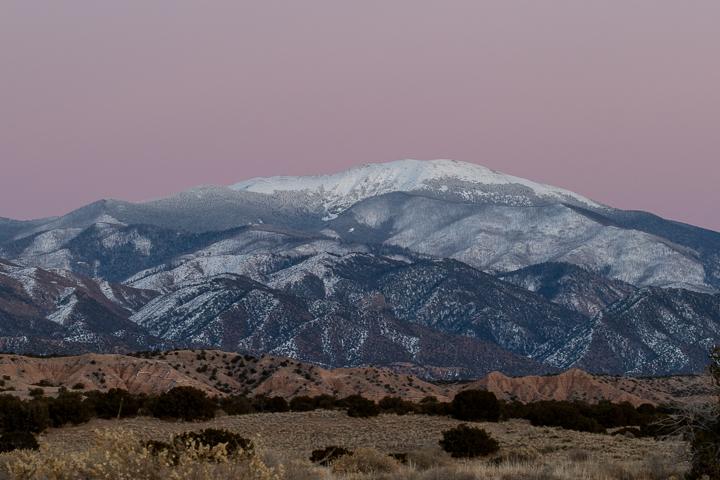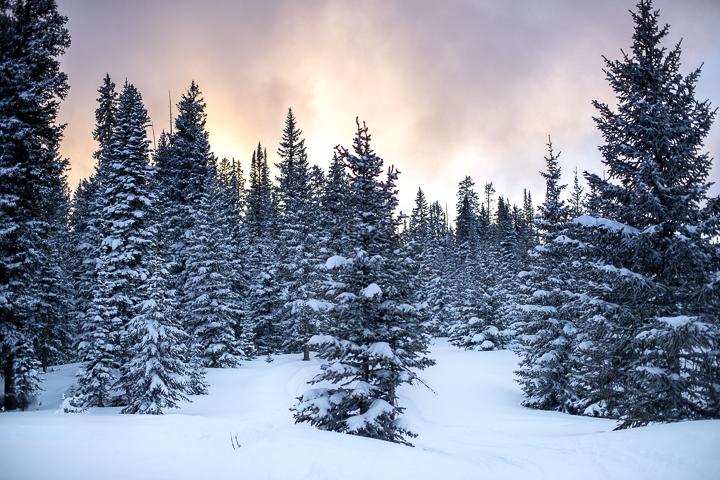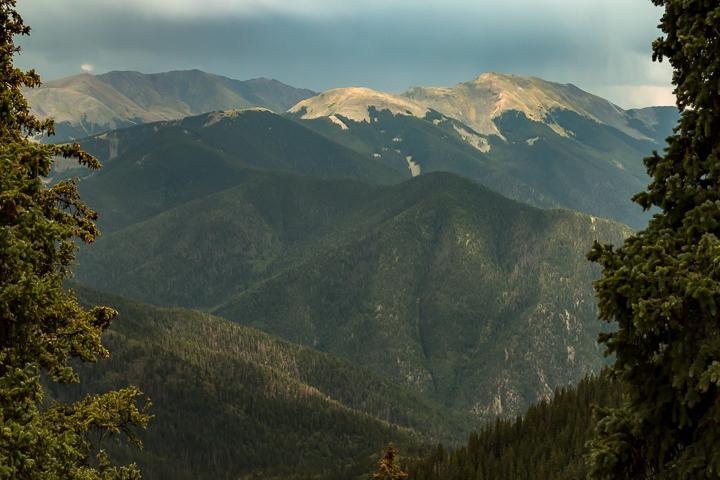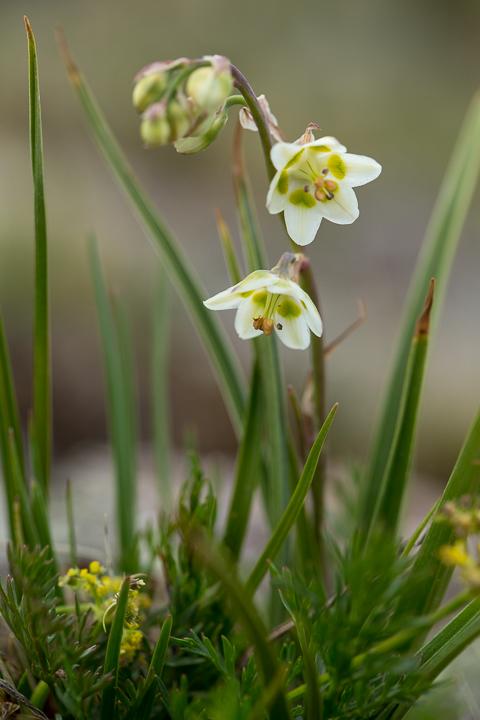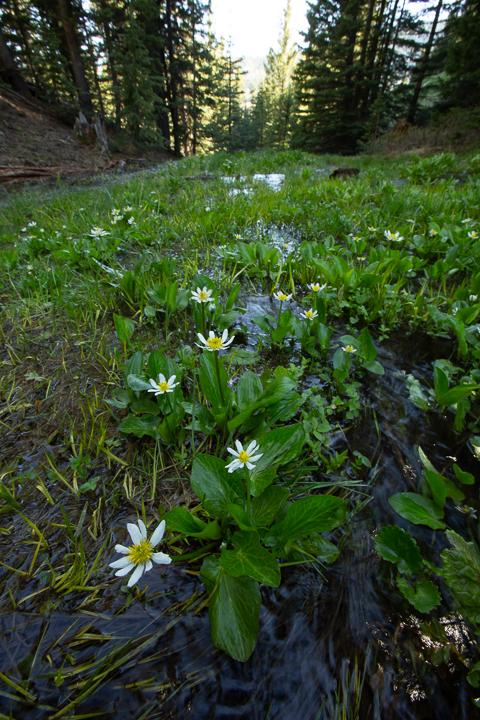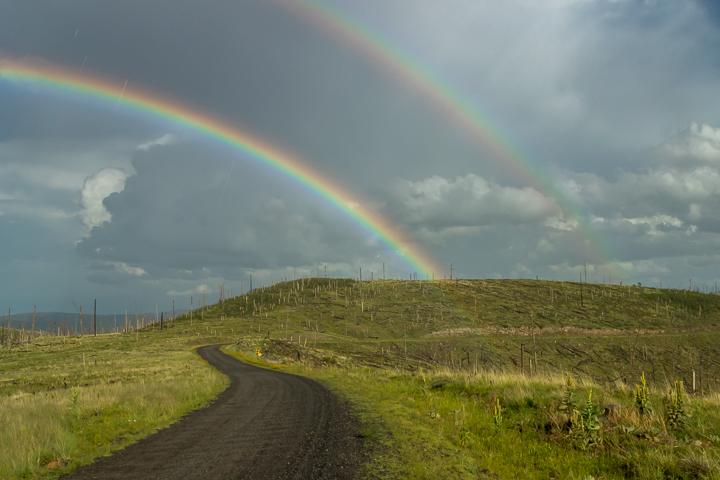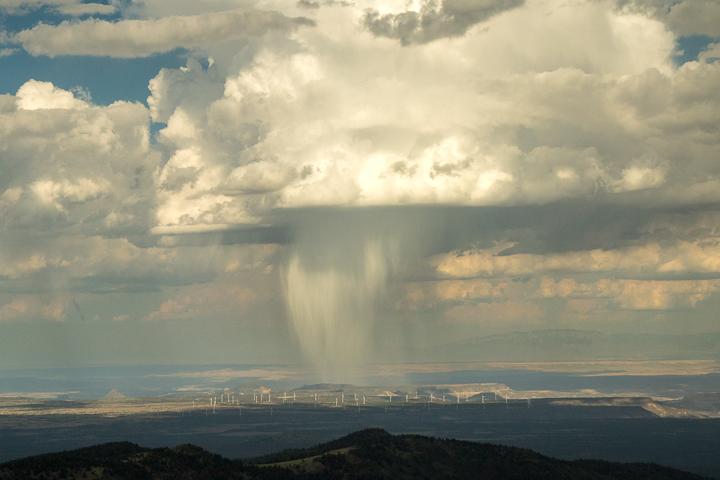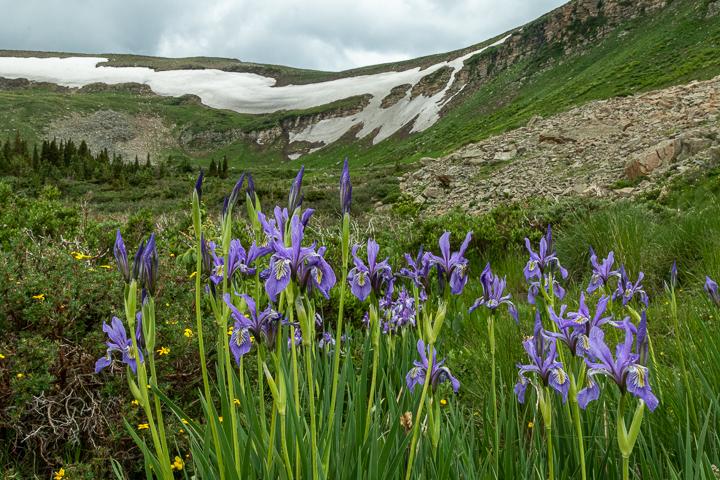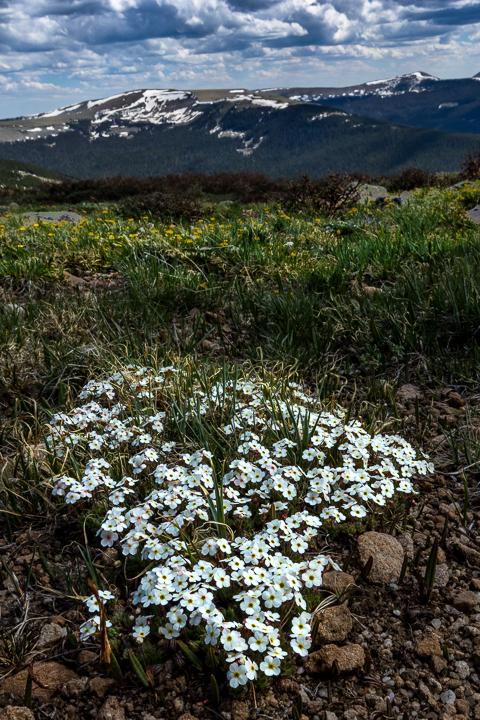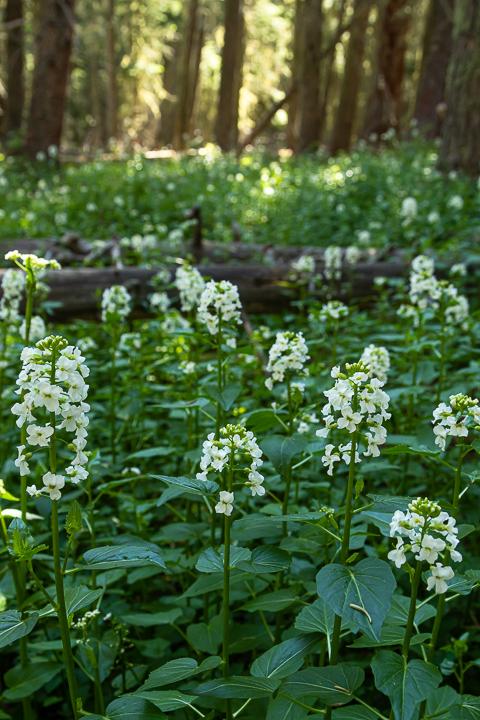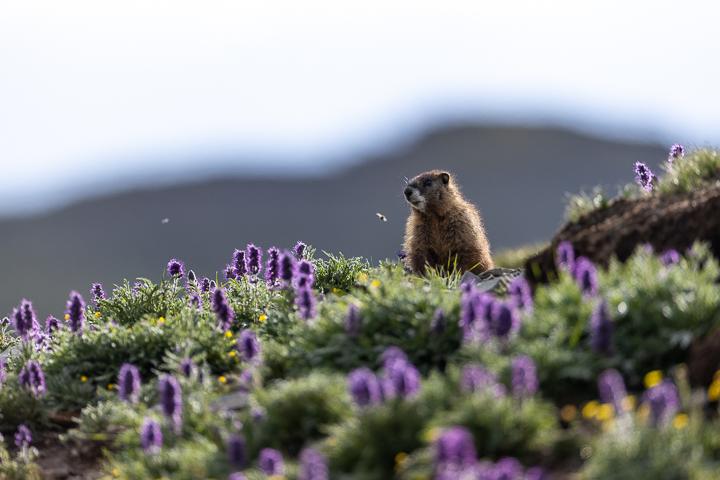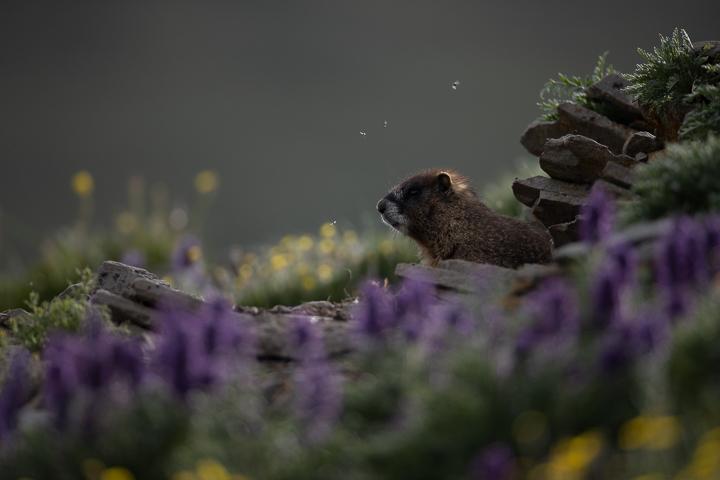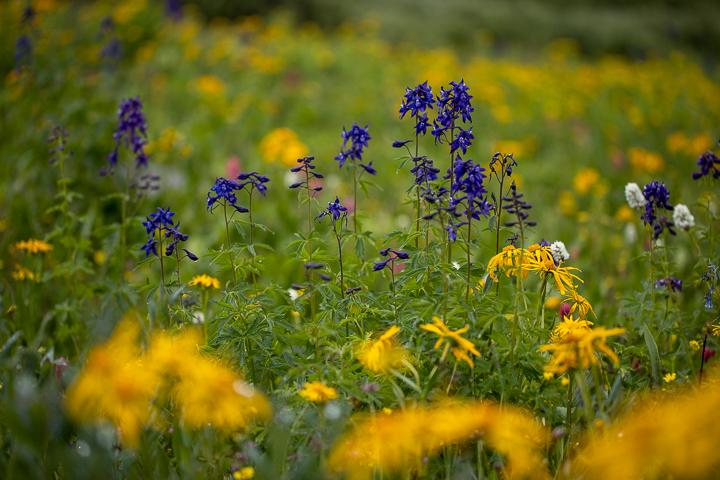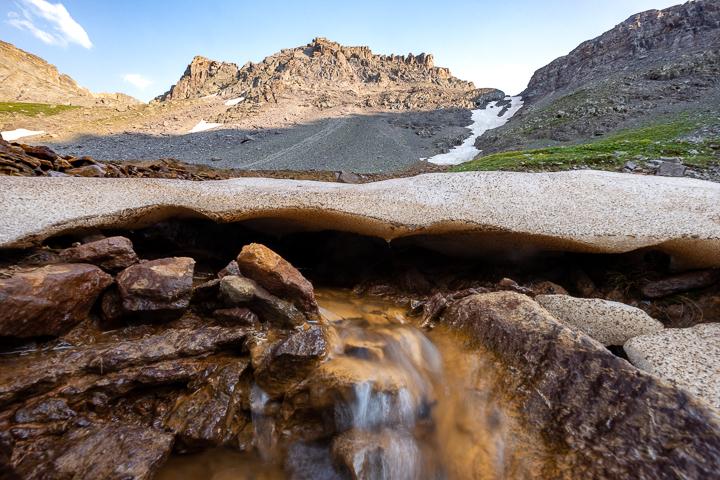Water Towers of the West
Mountains, with their varied and isolated terrain, have long been a refuge for wildlife and plants and a place where new species are created. They hold 25% of the world’s biodiversity. Millions, if not billions, of people across the world depend upon the ice and snow in these high “water towers” for water for drinking, agriculture, tourism, and industry. Yet, scientists agree that snow -- the pivot around which everything in a mountain ecosystem functions -- is in decline. That has dire consequences, especially for arid mountain regions like the Southern Rockies where 90% of water supply comes from snow. Long-term studies throughout the range are showing the impacts of changes in the timing, quality, and abundance of snow on alpine ecosystems and the species that inhabit them. From the mismatch in the timing of flower blooming with the emergence of pollinators; to snowshoe hares whose seasonal color change no longer coincides with spring and fall snow; to pikas that are running out of cooler altitude as temperatures warm; to a shortened window when migrating wildlife can fatten up on green, protein-rich plants necessary to survive the winter; plant and animal inhabitants of alpine regions are signaling change in their environment.


